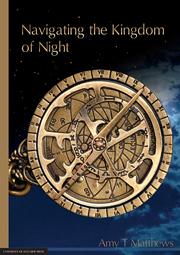The Great Redraft
Published online by Cambridge University Press: 05 April 2014
Summary
In that first draft, Molly wasn't reading Holocaust literature. She wasn't writing Gienia's story. The two women's stories wove between one another, each throwing the other into sharper relief. But they never met. They never really even grazed each other. There was no obvious, tangible connection between them. The structure was insanely complex (insane for a first-time novelist anyway) and had tonal shifts that were difficult to manage — from the tragic-comic tone in Molly's sections to the stripped back dissociative prose of Gienia's section (which mimics the tone of Holocaust testimonies). I turned my attention to that organic, ‘poetic’ structure and tried to find the logic in it.
Molly's story unfolds more or less chronologically, over a short space oftime, whereas Gienia's is told out oforder, fragments from a time span covering a period of years. Gienia's fragments emerge from Molly's emotional states, rather than running alongside Molly's completely separately, or sutured with obvious thematic material. Molly's first person sections are immediate, expressionistic and colloquial; Gienia's third person sections are at a distance, and are sombre and spare. My supervisor Nick had pointed out that the two sections had different vocabularies. He noticed this when the word ‘scuttled’ appeared in both: ‘Until here, you keep the vocabularies completely different. It should stay that way,’ he said. It should? Why? I didn't know yet. What was the effect of it? It illustrated their separation. There must be more to it than that. It felt like they'd been written by two different people.
- Type
- Chapter
- Information
- Navigating the Kingdom of Night , pp. 123 - 128Publisher: The University of Adelaide PressPrint publication year: 2013



